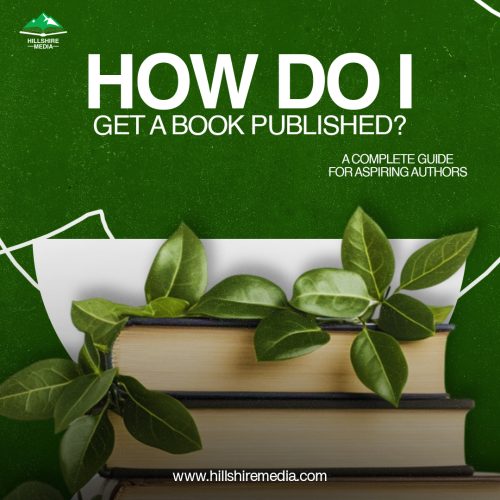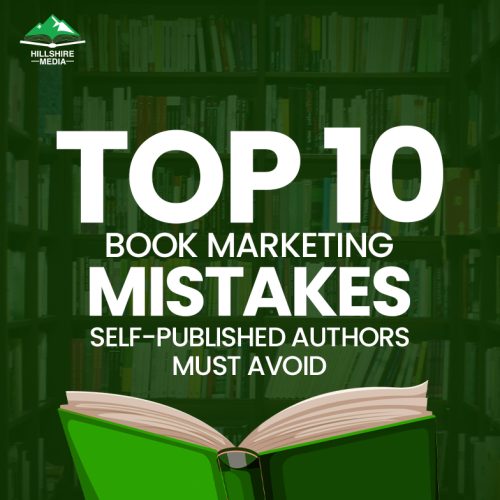Introduction
In digital marketing, trends change but one rule remains: SEO is king. If content is the throne, then links are the crown jewels. As an SEO writer, knowing how to use links strategically can make or break your content’s performance in search engines.
But adding links isn’t enough. To truly boost SEO, they must be used with purpose and precision. In this blog, we’ll explore the role of links in content writing, break down the different types, and show how any content SEO writer can use them to improve rankings and reader engagement.
Why Links Matter in SEO Writing
Search Engines Use Links as Signals
Google’s algorithms consider links as votes of confidence. Internal and external links help search engines understand your content’s context, relevance, and authority. A single well-placed link can elevate a page in search rankings.
Links Improve User Experience
Effective linking helps guide readers through your website. This improves navigation, keeps users engaged, and reduces bounce rates. For a content-heavy site, internal links can shape the user journey and keep visitors coming back for more.
Types of Links Every SEO Writer Should Know
Internal Links
These connect one page of your site to another. For example, linking a blog post to your pricing page or a relevant service.
1. Help distribute authority across your website
2. Encourage deeper engagement
3. Keep users on your site longer
External Links
These point to trusted third-party websites. Whether you’re citing a study or sharing a helpful tool, external links build credibility.
1. Enhance trust by referencing reliable sources
2. Show search engines your content is well-researched
3. Avoid linking to direct competitors
Backlinks (Inbound Links)
While you don’t place these yourself in content, creating valuable, link-worthy content can naturally attract backlinks.
1. Increase your site’s domain authority
2. Boost your position in search engine rankings
Using Internal Links Strategically
Internal linking is a must for any content SEO writer, especially when working on long-form blogs or service pages.
Link to Relevant Content
Use descriptive anchor text that matches the target page’s content. Avoid generic terms like click here. Instead, write and explore our book publishing services.
Prioritize High-Value Pages
Guide readers to key conversion pages such as your contact form, testimonials, or case studies. This improves engagement and increases conversions.
Avoid Overlinking
Adding too many internal links can overwhelm readers and confuse search engines. Stick to 2–5 internal links per 1000 words, depending on content length.
External Links: Build Authority Without Losing Traffic
Link to Authoritative Sites
Choose high-quality sources such as .edu, .gov, industry blogs, or research institutions. These add depth and validation to your content.
Open External Links in a New Tab
This helps users explore other resources while keeping your page open ensuring longer time-on-site metrics.
Use “NoFollow” When Necessary
If linking to sponsored or user-generated content, use the rel= “nofollow” tag to signal to search engines not to pass authority.
The Power of Anchor Text in SEO
Anchor text is the clickable, visible portion of a link. It tells users and search engines what to expect from the destination page.
Anchor Text Best Practices
1. Keep it short and descriptive
2. Include relevant keywords where it makes sense
3. Ensure it fits naturally into the sentence
Example:
Instead of saying click here to read more, write read our guide on effective SEO strategies.
Avoid repetitive or keyword-stuffed anchor text, as this can look spammy to search engines.
Link Placement: Timing and Context Matter
Place Links Early in the Content
Include a link in the first 100–150 words to establish relevance with search engines and engage the reader immediately.
Link Where It Adds Value
Add links only when they contribute meaningfully to the user’s understanding. Context is everything don’t interrupt the reader’s flow with unnecessary links.
Use a Balanced Link Ratio
For every 1000 words:
1. Use 2–4 internal links
2. Include 1–2 external links
Quality beats quantity every link should serve a purpose.
Common Linking Mistakes to Avoid
Even experienced SEO writers fall into these traps:
Over-Optimizing Anchor Text
Repeating the same keyword-heavy text over and over looks unnatural and hurts SEO.
Linking to Low-Quality or Irrelevant Sites
This reduces your content’s trustworthiness. Always vet your external sources.
Ignoring Broken Links
Broken links harm user experience and SEO. Regularly audit your content to keep it current and error-free.
How Linking Impacts SEO and Content Performance
Strategic linking does more than boost rankings it improves how users experience your site.
1. Improves indexing: Internal links help search engines crawl your site more effectively
2. Boosts engagement: Relevant links keep users reading longer
3. Enhances SEO value: Proper anchor text and authoritative external links increase trust
�� According to a study by Backlinko, pages with relevant internal links rank significantly higher in Google’s top 10 results.
Final Thoughts: Links as Your Secret SEO Weapon
Being an effective SEO writer isn’t just about keywords. It’s about creating value for both readers and search engines. Strategic linking improves visibility, builds credibility, and turns passive readers into active users.
If you’re a content SEO writer creating blogs, landing pages, or long-form guides, remember links aren’t filler they’re part of your content’s structure, SEO strategy, and storytelling power.
So take a second look at your next article. Where can a smart, helpful link make all the difference?



